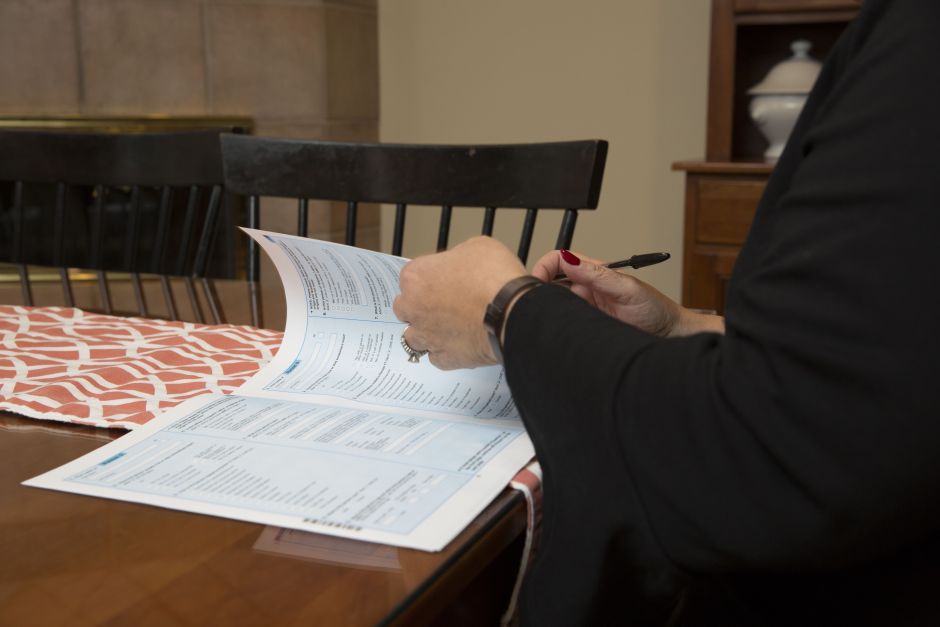The dispersed area of San Bernardino and Riverside and the high concentration of immigrants could make participation difficult
The various subpopulations and geographically dispersed territory have made the Inland Empire region – made up of San Bernardino and Riverside counties – a “hard to tell” place for the United States Census Bureau.
Within the region, seven areas have been identified that will be a challenge due to the type of population, unemployment levels, number of people with disabilities and index of individuals who rent a property, according to Inland Empire Census 2020, a coalition that promotes counting.
Karthick Ramakrishnan, professor of political science and public policy at the University of California Riverside (UCR), said the difficulty of counting the Inland Empire is because it has subpopulations of minors and immigrants who often distrust the government and a population geographically dispersed
"We have the same populations as Los Angeles County only we have a much wider territory," said the expert.
“Fortunately, we have a good amount of resources from the state and also from philanthropy to have the necessary scope. It is absolutely essential that we all participate. ”
In figures
Coalition data indicate that in the seven hard-to-count areas there are 1,365,221 inhabitants. Of the total, 61.14% are of Latin origin.
The seven areas are the High Desert, Morongo Basin and the San Bernardino metropolitan area, in the county of the same name. In addition to the Riverside metropolitan area, the downtown, southwest and east Riverside area.
Almost half a million people live in the High Desert and 165,222 of them live in hard-to-count areas, according to the El Sol Neighborhood Neighborhood Education Fund.
33.13% live below the federal poverty level, there is a 5.84% unemployment rate and 13.57% lack medical insurance.
The report indicates that 16.33% was born abroad, 12.92% have a disability and 58% rent a property.
While in the metropolitan area of San Bernardino, according to the Winery Resource Center (WWU), there are 1,585,334 people; Of which 72% is of Latin origin. Of that population, 586,699 live in hard-to-count areas.

27.51% live below poverty, the area has 5.66% unemployment and 20.12% has no health coverage.
In the four combined areas of Riverside there are 597,692 people in hard-to-count areas.
This population is more likely to ignore the questionnaire and therefore miss the opportunity to be counted.
In addition, the region has a considerable population of children, who fall under the tendency to stop being counted in the Census.
“Communities can be difficult to count for multiple reasons. Housing conditions, overcrowded rental units and mobile homes can make it more difficult to tell residents accurately, ”the Institute said in a report.
"Recognizing the ways in which hard-to-count communities cross each other will be critical to effective communication with Inland Empire residents."
To knock on doors
Politicians such as Congressmen Pete Aguilar and Norma Torres; as well as Assemblywoman Eloise Gomez Reyes and State Senator Connie Leyva, among others, have held events to promote the 2020 Census.
In addition, groups such as NALEO and the Coalition for Immigrant Rights (CHIRLA), among others, have made visits to hard-to-count neighborhoods.
“We are knocking on doors, making presentations in churches, schools and other places. We started from last year, ”said Mireya Suárez, representative of CHIRLA in the Inland Empire.
Starting March 12, homes across the country will begin receiving invitations to complete the census.
Once they receive it, residents must answer either online, by phone or by mail, the Census Bureau said.
The count will determine representation in Congress, allocate hundreds of billions of dollars in federal funds and provide data that will impact communities for the next decade.
From school lunches, highway and highway projects, support to firefighters and needy families, and federal fund money to projects that attempt to minimize social problems, the result of the census will set the tone in the communities.






